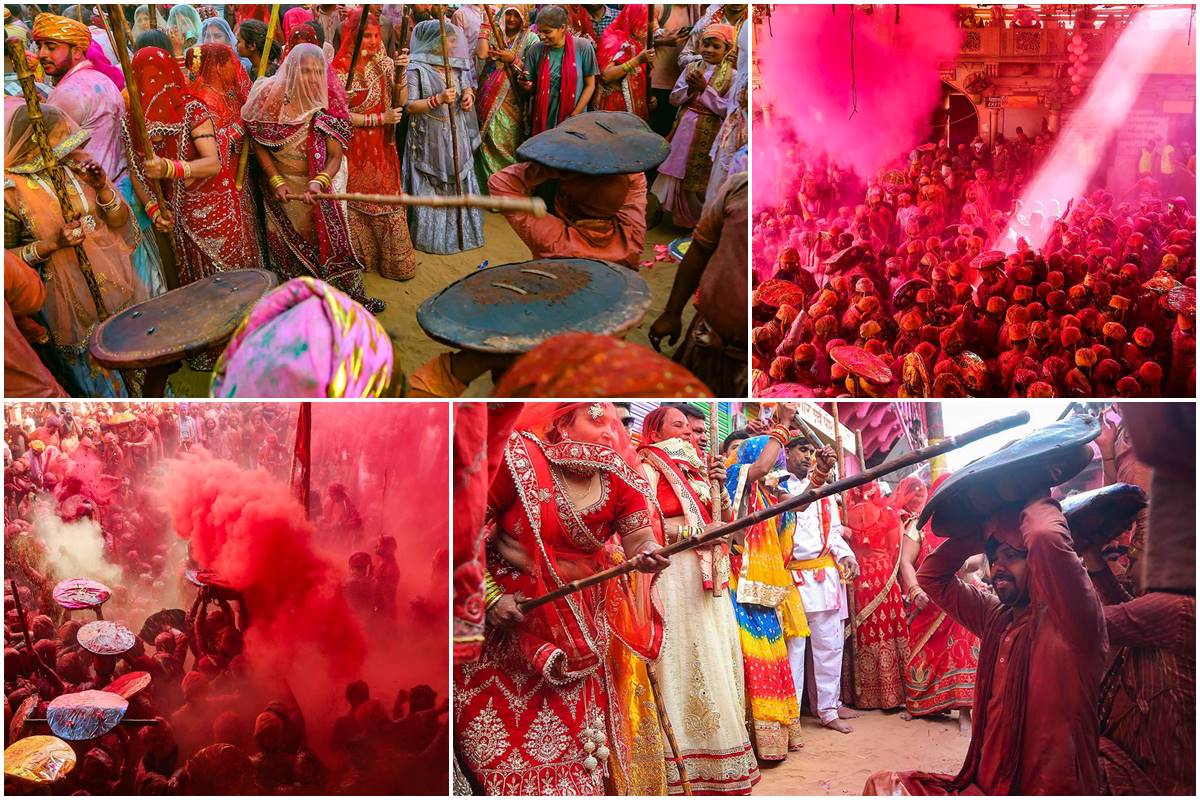AS I write this piece from Banaras (or Varanasi), I am struck by one thing and one thing alone: the paan. The enduring legacy of the paan in Banaras is articulated by the fact that a paan shop is, but always, a few steps away wherever in the city you might be. The Banarasi paan is the stuff of legend, given its presence in pop culture history, thanks to the famous Amitabh Bachchan song “Khaike paan Banaras waala”. The proud son of UP has done more for the paan in recent times than, arguably, anybody else. In Kashi, the paan is taken very seriously.
The Krishna Paan Store in the more upmarket Cantonment area of the city is where actor Aamir Khan made the mandatory paan stop whilst promoting his film PK. For those interested, the cerebral Khan ate a meetha paan with supaari. But Krishna paan-wallah is not one to boast. I know this because it’s the buzz on the street. When you ask him about his shop, he tells you, “It’s been around from the days of ghulami”. It is enough of an introduction, tossed out in a matter-of-fact way. No photographs of ancestors peer down on you from the shop walls and there is nothing quaint about this shop either. It comes with all modern conveniences like a small refrigerator and steel counter-tops like one would find in an industrial kitchen. The paan-wallah, however, still sits with folded legs on the ground, practicing his craft atop a twin-decked counter. He works with deliberation, reminding you that things are a lot slower in this town despite its new member of parliament who is in a hurry.
Paan shops like the tea stalls of Kashi are great spots for political talk and gossip. The languorous pace of ‘laying of the paan’ ensures that you walk away with some nuggets of insider information, like how the buildings along the ghat are to be painted in the same colour and how business houses have pledged their support for it. The mystery of the Metro train promised by Prime Minister Modi from Sarnath to Banaras Hindu University is debated actively: will it be over-ground or under? No one is really in a hurry for things to change in the oldest living city of the world, but everyone is watching. The roads have fewer potholes (from my visit last year) and the entire sewage system is getting an overhaul, with new pipes being laid. Modi is making changes here even if the rest of the country is questioning his ‘acche din’.
While waiting for my paan to be readied, I am told it’s all in the betel leaf. It melts in the mouth, there is no need for teeth. This famed betel leaf is the Meghai leaf grown in neighbouring Bihar in the winter months and it lends the paan from Banaras a light-green colour unlike the darker
Kolkata paan. The meetha paan has Ayurvedic properties as well. It is the best natural digestive and prepared here without any tobacco. One paan is enough to speed up the process of digesting a heavy meal. WHO warnings are not heeded or referred to and I am not one to break up the party, which is now gaining strength with more people joining in.
At Krishna’s shop, there is no paan menu that one is offered. Neither are there novelty paans like chocolate paan. It’s all still very straight-forward and old-fashioned. The only special embellishment is a thin strip of silver warq, which is rolled on to the paan and fixed in place with a clove. Since paan is the unofficial preoccupation of the Banarasi, the ‘do-it-yourself’ paans are common and require to be assembled. These are served with their ingredients separated. Much like the tobacco connoisseur, who rolls his cigarette, there is something almost regal and old-worldly about the effort this paan takes—the leaves, kathaa, supaari and gulkand are served separately and you scoop it up with the leaf or make your own paan. But the balance of flavours? That’s an art—even if it is served in appropriate portions. And it is only then that one realises that the seemingly easy and familiar task of laying a paan, like the paan-maker does so effortlessly, is indeed an art. And it makes sense why paan-making is usually a family tradition, with generations involved in the profession for centuries.
Advaita Kala is a writer, most recently of the film Kahaani. She is also a former hotelier having worked in restaurants in India and abroad























